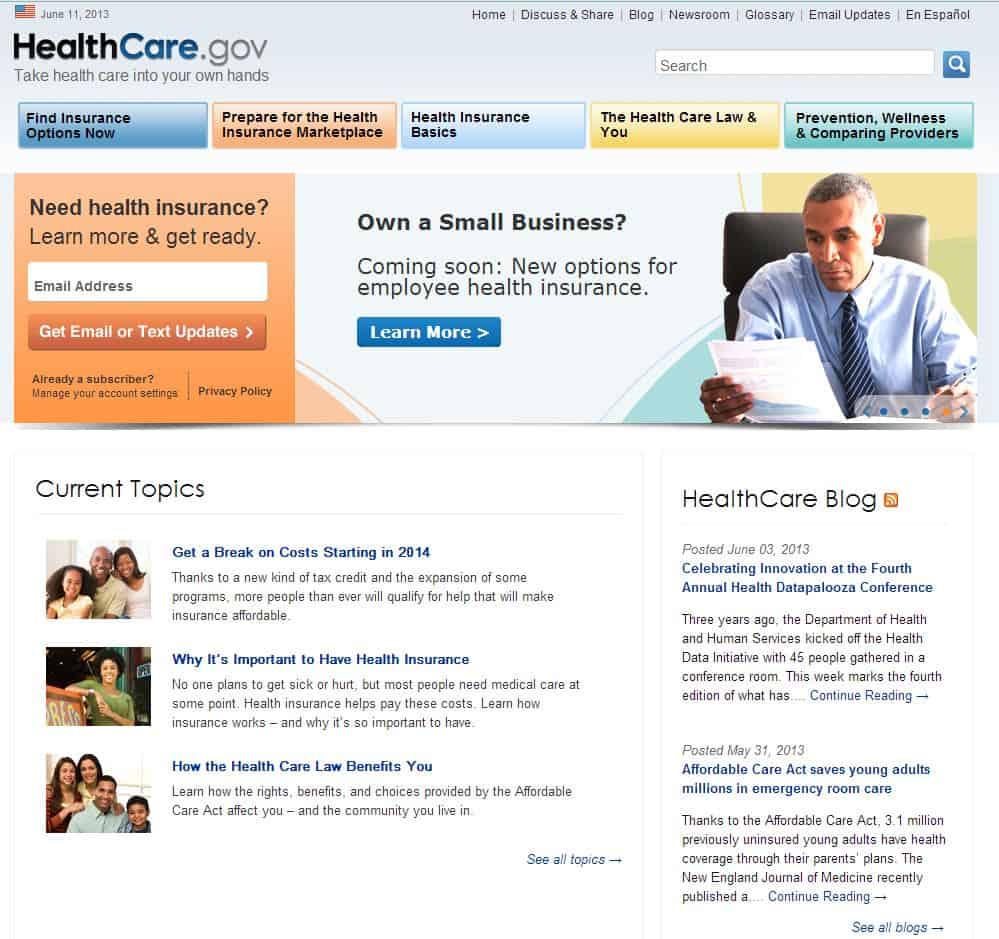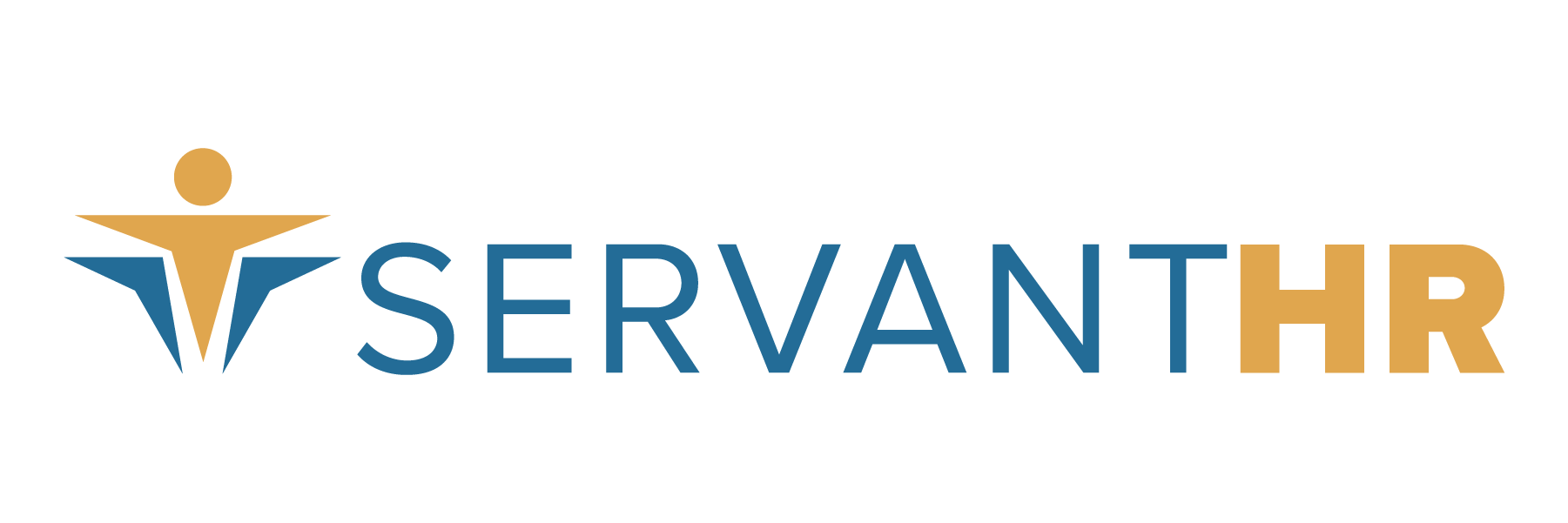
The wheels of health care reform are constantly turning, leading to new and revised requirements being rolled out on a rather irregular basis. What was market driven up to this point will be directed by federal government health care reform in the future. In the past, employers of at least 50 full-time or the equivalent of 50 full-time employees had a choice whether to offer insurance. In the future, the choice will be laden with costly consequences. Health care reform is another large government regulation that will have an impact similar to that of Cobra and the FMLA on businesses. It’s a game of play or pay.
While there are still many unknowns, we do know several big changes business owners can prepare to see come to pass in 2014. Here are three ways you can prepare for health care reform in 2014 and one overarching “Bottom Line” choice to consider.
1. In light of the individual mandate, take a hard look at insurance benefits for employees.
The biggest thing to happen in 2014 will be the individual mandate. In 2014, virtually every American will have the “choice” to obtain health insurance coverage through one means or another. If they choose not to obtain health insurance, they will be subject to a related tax. Under this individual mandate, individuals will be able to purchase coverage on their own or through their employers.
If they don’t carry insurance, they will have to pay a tax. For example, if a 20-year-old male in excellent health chooses not to purchase insurance, he will have to pay a punitive tax. Other likely candidates who will choose to or have to pay this penalty include the superrich and the poor.
At this time, if you want to find private insurance, you have to go through a broker, which, some argue, is typically a rather clumsy process. As a result, the federal government is creating exchanges. These exchanges are essentially online sellers of insurance.
Unfortunately, creating a more transparent, fluid marketplace for insurance will not have the same effect this same approach has had on online sellers such as Travelocity and Amazon. The math needed to lower the cost of insurance simply doesn’t add up. The risk carriers take on is simply too high and unpredictable. In fact, projections are that insurance rates will go up as a result of the individual mandate. As insurance becomes more regulated, competition will likely go down.
2. Better understand upcoming market reforms so you can make smart decisions.
Another major change related to health insurance is market reform, which includes a number of changes. The Patient’s Bill of Rights falls under market reform and is designed to, among other things, protect children (and eventually everyone) from obtaining coverage if they have a pre-existing medical condition. The market reforms going into effect in 2014 also prevents annual dollar limits from being set on annual medical coverage of essential benefits such as hospital, physicians and pharmacy benefits.
Under the law, if a plan includes children, a parent can cover children on their health insurance plan until the child turns 26 years old. Prevention regulations in 2014 will require new private health plans to cover certain evidence-based preventive services. Rate reviews will be put in place to improve insurer accountability and transparency.
These are just few of the reforms coming down the pipeline for employers. It is important to familiarize yourself with these upcoming changes, as your employees will have questions about how these changes will affect them. Be prepared to help them understand why costs are going up and where the blame lies so you don’t feel the brunt of it.
3. Budget now to pay new taxes in 2014.
There are a number of new federally imposed taxes that will begin in 2014. These are being put into place to offset insurance premiums, which are projected to go up across the board.
- Reinsurance Assessment fee — A flat fee to be paid 2014-2016 that applies to both insurance and self-insured plans that provide major medical coverage
- The Health Insurance Industry fee — Created to help offset cost-generating provisions of health care reform
- Patient Centered Outcomes Research Institute (PCORI) fee — Designed to fund research that will compare different medical treatments and interventions to determine what is most effective
- Federally Facilitated Exchange User fee — Put in place to pay for access to exchanges facilitated by the federal government
Employers can’t avoid having to pay these taxes. It doesn’t matter how healthy your team is or how robust your wellness programs are, these new taxes need to be in your budget in 2014.
BOTTOM LINE: Decide who you are in your marketplace.
The most far-reaching, strategic action that business owners can take regarding health care reform is to think about what role they want to play and what impact they want to make in this new group benefits world and then act accordingly. Look at who you are in your marketplace and what you’re trying to be for your people. Ask yourself what all of this means from an employee retention and morale standpoint. What should you do in order to recruit and keep valuable employees?
If your business is small (49 employees or fewer), you have a real choice whether to offer insurance. If you choose to offer it, something else in your business will have to give to pay for the future pay increases that are inevitable. Perks such as gym memberships and paid parking spaces might become things of the past. If you’re a large group (50 or more employees) and you don’t want to offer insurance, you will be liable for a significant tax.
Aside from advocating change, business owners need to know how to handle the changes. Having a partner such as a PEO professional who can help them navigate these choppy waters is critical.
I can offer much more insight into how health care reform will affect your business. Please contact Servant HR more for a free consultation.





